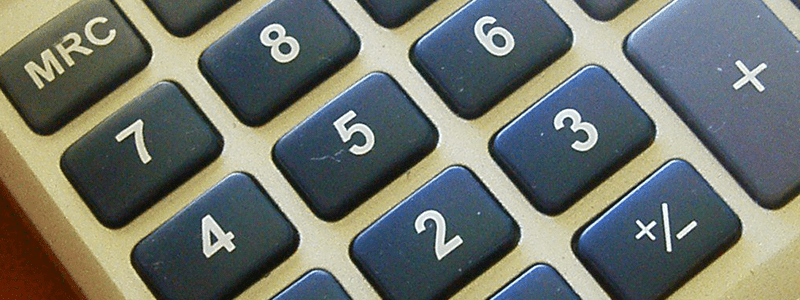
This article was originally published in BCBusiness and created in partnership with Pacific M&A and Business Brokers Ltd.
The team developed proprietary software that uses no fewer than 12 methodologies and 70 value drivers for the most accurate assessments.
How is the price and value of a business for sale determined?
There are varying methods used depending on the appraiser — with those of Pacific M&A and Business Brokers Ltd. being among the most effective. But to understand how a realistic selling price is reached, Pacific M&A President Pino Bacinello says a few basics have to be understood.
Firstly, value and price are quite different in that value is often subjective, determined by multiple assumptions and reflective of multiple value drivers, while price is driven by the compulsion levels of both the seller and a buyer. Therefore, the price of a business may be quite different from what the seller perceives to be the value.
In undertaking the critical steps of a business valuation, Pacific M&A’s skilled team of intermediary professionals and Certified Financial Analysts use profit and loss as well as balance sheet data as the foundation to the calculation of value, followed by an exercise of normalizations to understand the true cash flow of the business. They then consider the myriad business and industry-specific value drivers, along with other elements in multiple methods and approaches to value in order to establish what they call the Assessment of Market Value; this broad and well-rounded valuation approach provides a more effective and thorough assessment than that of the common practice of using averages, along with just one or two methods, or rule-of-thumb multiples.
Bacinello says this approach stems from an exceedingly simple reality: “No two businesses are alike, not even if they’re closely related in the same industry.”
With this in mind, Bacinello and his team developed proprietary software that accurately interprets the market value of a business due to the implementation of no fewer than 12 methodologies and 70 value drivers (most business valuations use only one or two methodologies). Unsurprisingly, this software has been sold to brokers and advisers worldwide and is considered to be the most comprehensive valuation assessment tool available anywhere.
Ian Houghton, a senior broker and adviseer with Pacific M&A, points out that once an accurate interpretation of a business’s market value has been determined based on its financial performance and the assessment of value drivers, “then the seller can make an informed decision of whether to, as we say, sell and go, or hold and grow’ — armed with plenty of information on how to achieve the latter, if this is the route the seller decides to take.”
But assessment of the MPSP is only the first of five steps Pacific M&A takes to help clients sell their businesses; the others include marketing and due diligence, the drafting of robust offers and, of course, managing the process to a successful closing. For the record, Pacific M&A sells over 95 percent of all listings it takes to market, and though some companies may sell for more while some for less, on average the variance between the assessed value and selling price is less than four percent.
If all of this seems elaborate, it’s because selling one’s business is a major, complex and often a once-in-a-lifetime decision. “It needs to be done right because the owner gets only one crack at getting a price that meets his or her expectations,” says Bacinello.
He concludes: “We don’t set the value of a company; instead, the client creates it, and we interpret it. And we do it very well.”
Consult an Advisor
"*" indicates required fields




